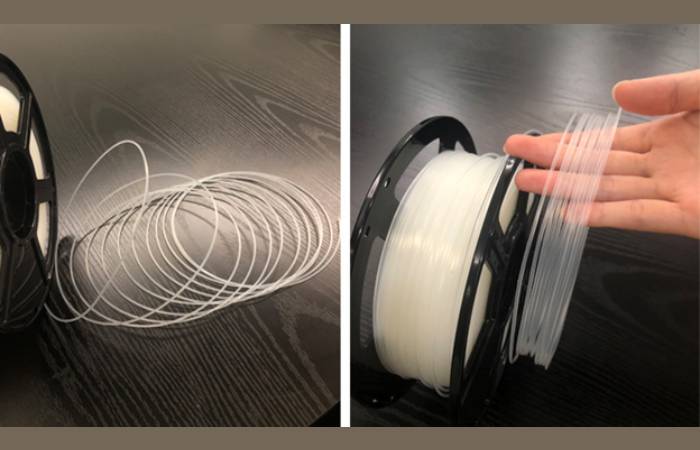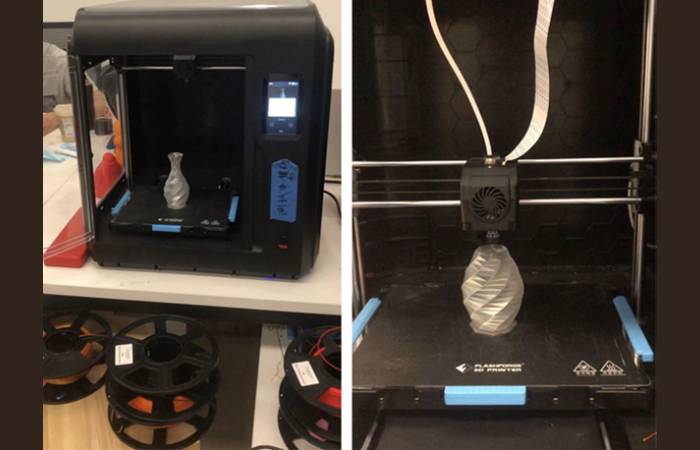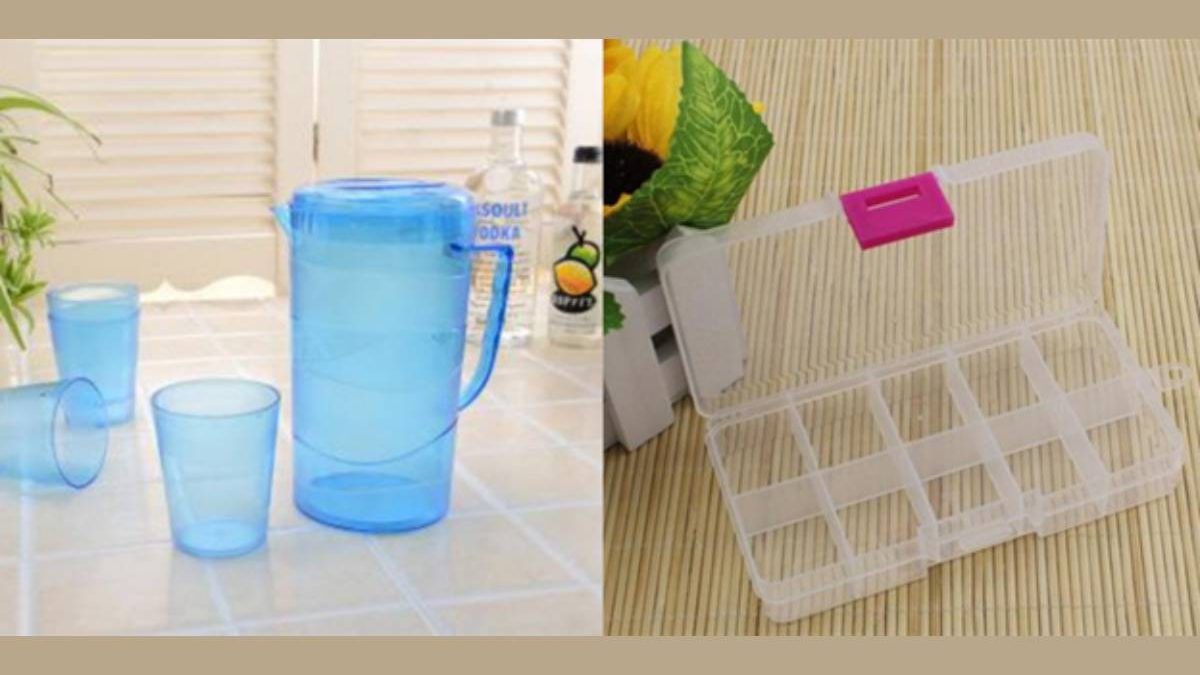Do you know that you can make a transparent vase, a transparent lamp diffuser, or a transparent home decoration via 3D printing? You just need select a right consumables for the 3D printer – Clear PLA filament. This article is definitely going to be a lifesaver as we will tell you the best practices to print clear PLA filament on 3D printers.
Before we begin, you should know that clear PLA filament is translucent, which means that if you do everything perfectly, it will allow light to pass through, and you can see through clearly. However, it won’t be 100% transparent, but still known as clear filaments.
Table of Contents
Be careful when choosing the 3D model.
Before 3D printing, we need to decide which digital models to print. If your 3D model is solid or complex, then even the most clear filament won’t help. For example, if there is transparent glass and you put twenty more sheets of clear glass in front of it, it won’t be clear despite the fact that all are transparent. Similarly, all the additional layers will disperse more light, making you achieve less clarity in 3D prints.
Also, the transparency will worsen as the thickness of the layer increases.
So, here we have our tip 1; for clear 3D printing, you should prefer the 3D model with very thin walls with ideally one layer (the lesser the layers, the better). Also, make sure it has little or no infill.
Also, consider the infill in the object. The infill hinders the light from passing through the printed object, affecting clarity. So either use very less infill or, better, eradicate it!
However, if it is not possible, then you can also use concentric infill patterns to avoid leaving marks on the walls of your print. You can also add more perimeters to hide the marks on clear 3D Printer filament.
Use high-quality clear PLA filament.
First things first, as you plan for excellent translucency, you should choose the highest quality clear PLA filament. The filament must be smooth with a high level of toughness. It should be eco-friendly and high-temperature resistant. Furthermore, it should have no air bubbles or uneven spool diameters that cause a problem later on.
They should give a good transparent finish with a natural ice-crystal appearance. Clear filament PLA of excellent brands possesses all these qualities and is ideal biodegradable material for customers and professional users.

Use an ideal 3D slicer with an optimum setting for clear PLA filament.
Your slicer settings are essential to reach a fine print with a smooth and natural outlook. You should check your slicer to see if it is set for a clear plan to create prints with no air bubbles or layer lines and gives a transparent look.
You can either select the officially linked 3D slicer or a third-party slicing software, but make sure it works accurately for your transparent 3D printer filament.
Print slowly for more accuracy
You should print clear filament more slowly than the average time for a more accurate and translucent result. This will create a much more accurate and finer printed object, adding to the transparency. In short, print accuracy ensures good printout results.
Also, you should carefully check if your belts are properly tightened so that not even a slight millimeter overshooting of the 3D printer’s print head occurs, which might lead to less transparency.
Print with a larger layer height.
Printing a larger layer height is much better than printing several layers as it keeps up the expected transparency. To print a thick layer, you can use hot ends with large nozzles of about 0.8 to 1mm. It can, although decrease the surface quality slightly, but worry not! You can adjust it while post-processing.
Only if you have a really accurate 3D printer, then very sleek and thin nozzle diameters can produce a quality print.
In addition to that, even if you are printing with more than one layer, keep them as close as possible because the closer they are, the brighter. This will also give a shiny and clean look.

Post-processing
There are ample ways of post-processing clear pla, such as using sandpaper, but the easiest one with excellent results is the Solvent vapor bath. This liquid smoothens the layers to give a crystalline & transparent look to 3D printer filament.
There are two simple ways to accomplish this. Firstly, you can utilize a steam polisher that controls your processing time and the solvent amount you will put over your PLA filament-printed object such as a vase.
The other way is to use a sprayer to apply the solvent on your object directly. However, there are a few things that you should notice when you use this method.
- Clean it with water
- Avoid building solvent on a side; instead, spray thin layers of it.
- For the inside, if it is hollow, then do not dip it into the water. In fact, use a water spray to clean it.
- Wait half an hour before you apply another layer.
- Moreover, attempt this process in a safe and clean environment to avoid the toxic gasses released.
Proper Application will enhance the appearance of the filament
You are not just done with printing an intricate clear PLA filament pattern. In fact, to enhance its results, you should let light in adequately, which will make it more prominent.
You can use them endlessly to create lamps, windows, and many fun decorative items. In addition to that, you can get wonderful lightning effects through this transparent PLA filament. You can create a light diffuser through this pla material as a cover to disperse sharp or soft light, which will pass through your transparent object to magnify it further. In this way, it is ideal for creating spotlights and other focus points.

